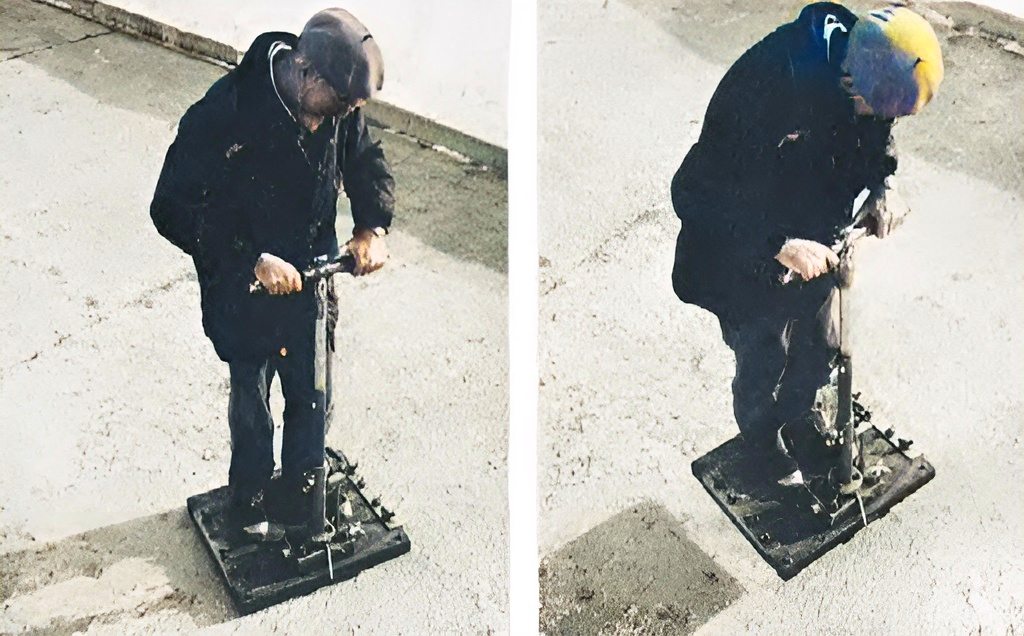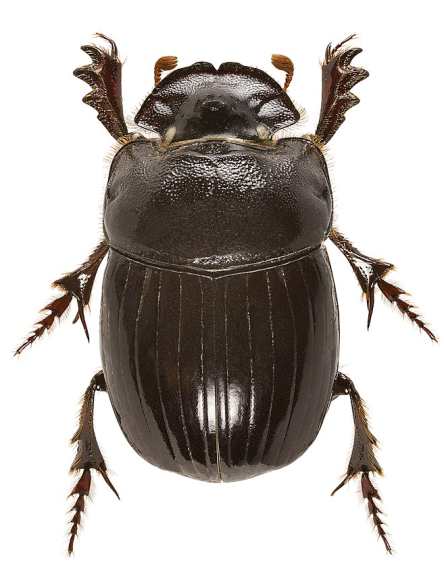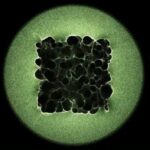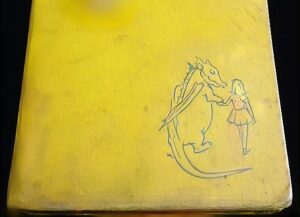The Twilight Zone: The Russian Scientist Who Invented The First Fuelless Flying Car, The Gravitoplan
Viktor Grebennikov created a device useful for levitation, human flight without fuel, fuel or propellant, or other forms of expendable energy: a story halfway between science and the paranormal.
Authored by Viktor Stepanovich Grebennikov Via REXResearch.com

Viktor Grebennikov (1927-2001) was born in Simferopol. His mother was a noblewoman, his father was a mechanic.
In Krasnoobsk, Grebennikov worked as a junior researcher at the Research Institute of Soil Management and Agricultural Chemistry.
In 1976 he founded the Museum of Agroecology and Environmental Protection.
Grebennikov was a Russian scientist, naturalist, entomologist, and paranormal researcher known for his claims of inventing a levitation platform that operated by attaching dead insect body parts to the underside. He was born in Simferopol and grew up in a family with a noblewoman mother and a mechanic father. Grebennikov worked as a junior researcher at the Research Institute of Soil Management and Chemicalization of Agriculture in Krasnoobsk and later founded the Museum of Agroecology and Environmental Protection in 1976.
Grebennikov’s most notable discovery was the Cavity Structural Effect (CSE), which he claimed could generate anti-gravity effects. He discovered this effect in the microstructure of insect wings, particularly in the chitin shells of certain insects. He believed that this structure was not just for strength or decoration but had a multidimensional purpose that could be used for anti-gravity.
Grebennikov wrote about his experiences flying over the Russian countryside using his levitation device in his self-published book “My World” (Moi Mir). He claimed to have flown using his platform, which was inertialess and almost invisible from below. However, his claims were met with skepticism by the scientific community, and his reports were devoid of conclusive proof or public demonstration.
Grebennikov’s work extended to developing an anti-gravity platform based on his discoveries. He claimed that his platform could levitate and move at high speeds, but his claims sparked controversy due to the lack of empirical evidence and reproducibility. Despite the skepticism, Grebennikov’s ideas have sparked debates on anti-gravity and the possibilities beyond conventional science.
Grebennikov’s legacy is a testament to the power of human curiosity and the desire to push the boundaries of what’s possible. His work reminds us of the unpredictable journey in the quest for knowledge and the importance of considering the ethical, social, and environmental implications of such discoveries.
https://www.youtube.com/watch?v=7dEEsdEaINo

What is Chitin? A biopolymer.

Chitin is a biopolymer composed of N-acetyl-D-glucosamine (GlcNAc) units linked by β(1→4) glycosidic bonds. It is the second most abundant biopolymer in nature, after cellulose, and is found in the exoskeletons of arthropods, fungi, and some algae.
Chitin exhibits various biological properties, including:
– Anticholesterolemic and wound-healing agents
– Anticancer and fungistatic properties
– Hemostatic and analgesic effects
– Antiacid and antiulcer properties
– Immunoadjuvant and anti-inflammatory effects
The structure of chitin is heterogeneous, with peak multiplicity detected in each sample, and distinct fingerprints. It is resistant to environmental stimuli, such as non-chitin-focused drug treatment and hypersaline environment, and its central role in mechanically supporting the cell wall confirms its suitability. Chitin is not soluble in most organic solvents and water, making it difficult to use. However, through deacetylation, chitosan can be produced, which is soluble in water and has a wide range of applications.
Chitin synthase catalyzes the formation of β(1 → 4) glycosidic linkages in chitin by using UDP-activated GlcNAc as the sugar donor. The active site and chitin transporting channel of each Chs1 subunit in the dimer are independent, but the domain swapping loop in one subunit probably regulates the other subunit’s function by inhibiting and releasing its GTD.
Chitin and chitosan derived from crustacean waste have great potential for valorization, with over 105 mmt of annual production in the aquatic biosphere. Crustacean waste, consisting of shells and other inedible fractions, represents an underutilized source of chitin. Improving the efficiency and selectivity of chitin separation from wastes, redesigning its chemical structure to improve biotechnology-derived chitosan, converting it into value-added chemicals, and developing new applications for chitin can contribute towards the United Nations Sustainable Development Goals.
Chitin and chitosan have been explored for their biomedical applications, including as polymer scaffolds for tissue engineering, wound dressing, drug delivery, and pharmaceuticals. They have also been considered for use in dietary supplements, with a market value of over US$220 billion.















